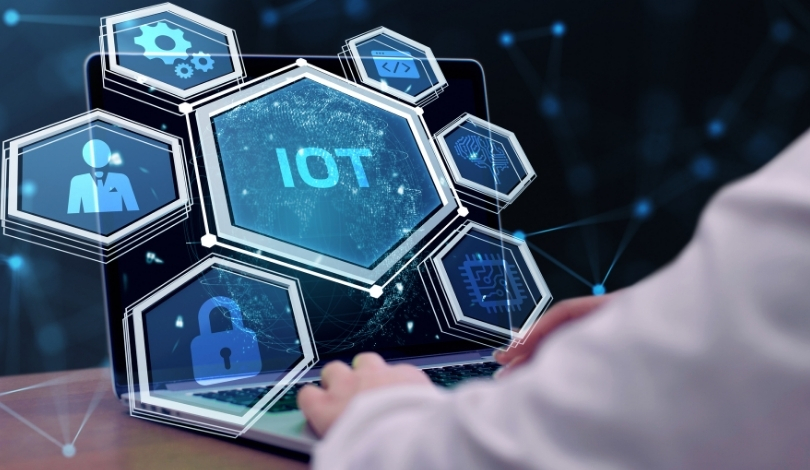The Internet of Things (IoT) continues to expand, and recent observations highlight emerging trends that may influence its future direction. Companies are increasingly adopting new technologies, such as artificial intelligence (AI), edge computing, and blockchain, to enhance their IoT implementations. Giesecke+Devrient (G+D) has identified key trends contributing to the secure and effective use of IoT applications across diverse sectors.
How does AI influence IoT systems?
AI and machine learning (ML) are critical in advancing IoT capabilities. By processing large data sets, these technologies improve predictive maintenance and energy management within IoT environments. The fusion of AI’s analytical capacity with IoT’s data collection enhances the overall efficiency of operational processes.
What role does edge computing play?
Edge computing significantly optimizes IoT functionality by allowing localized data processing. This proximity reduces the necessity for centralized data transmission, minimizing latency, which is essential for time-sensitive applications. In tandem with 5G technologies, edge computing is expected to refine the interaction of various IoT devices, empowering them to function autonomously.
Can blockchain technology enhance security in IoT?
The incorporation of blockchain technology is becoming vital for securing IoT systems. Its decentralized nature ensures data integrity and authenticity during transactions. Given the increasing cybersecurity vulnerabilities, blockchain stands as a formidable layer of protection for sensitive data handled by IoT devices.
The IoT landscape has consistently evolved, adapting to technological advancements and market needs. Analysts have previously pointed out various challenges related to the scalability and security of IoT solutions. As the adoption of AI and edge computing gains traction, improvements in device management and operational efficiency are notable compared to earlier iterations of IoT strategies.
G+D emphasizes the importance of the newly released specification SGP.32, which streamlines remote SIM provisioning for IoT devices. This specification supersedes previous methodologies, making device connectivity more accessible and efficient. Additionally, G+D’s AirOn360® IoT Suite facilitates centralized management through this specification, promoting better resource allocation and cost reduction across IoT deployments.
AI and IoT technologies combined have a promising impact on sustainability initiatives. Advanced sensors and intelligent systems contribute to environmental resource management, evident in their applications in energy conservation and waste minimization. As industries seek to address ecological concerns, IoT’s role in developing sustainable practices becomes increasingly significant.
Dr. Philipp Schulte, CEO of G+D Mobile Security, outlines the ongoing transformation in IoT connectivity:
“The future of IoT connectivity will be shaped by significant technological advances, the integration of AI and edge computing, ongoing interoperability efforts, and the transformative impact of 5G.”
“These developments will enhance the capabilities of IoT systems and make them more efficient, reliable, and versatile, opening up new opportunities and driving innovation in various areas.”
“As a leading IoT solution provider, G+D will continue to actively support this development in close cooperation with mobile network operators, automotive OEMs and manufacturers of IoT devices, chips, and modules, as well as other technology and service providers.”
Organizations must pay attention to these trends that blend technology with strategic goals, enhancing operational capabilities while ensuring security and sustainability. By prioritizing AI integration, edge computing, and robust security measures like blockchain, companies can capitalize on the growth opportunities within the IoT framework. Additionally, focusing on specifications like SGP.32 may provide necessary streamlining effects, allowing for scalable IoT solutions.










